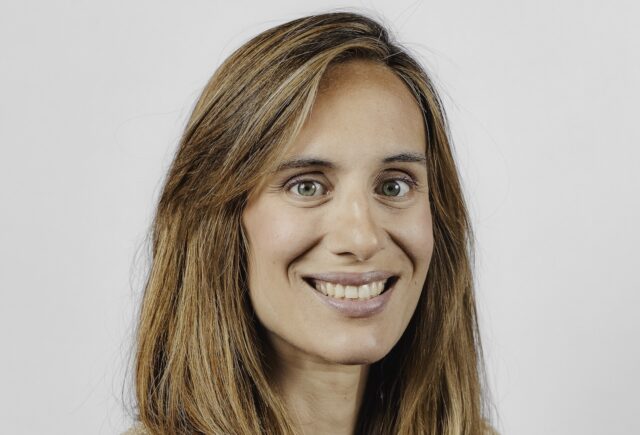Creating and expanding markets for goods and services in emerging economies is speeding up progress towards development goals, but more can be done, according to a new discussion paper.

More attention should be paid to measures that help drive market-level change in emerging markets when development finance institutions (DFIs) and multilateral development banks (MDBs) are devising their impact investing strategies, according to a new paper published by British International Investment (BII).
The discussion paper was jointly written by authors from BII, the European Bank for Reconstruction and Development, IDB Invest – the private sector investment arm of the Inter-American Development Bank and the International Finance Corporation.
The paper argues that investments that help develop new and improved markets to provide a greater range of goods and services at lower prices in emerging economies are vital to speeding up progress towards global development goals.
Market effects
It examines the benefits and challenges involved in nurturing under-developed market segments by, for example, seeking to support and attract private investment to first-mover companies, whose activities could also open up the market for competitors to follow, or making larger-scale investments in platforms designed to encourage private investment in particular sectors.
“The paper is like a toolbox for assessing the market-level impact of investments within an impact management framework, building on what we are already doing,” Umberto Marengo, manager, impact management at BII told Impact Investor.

The authors invite like-minded investors to build a “shared language” for defining, claiming, and measuring market effects in private sector impact investing.
The paper identifies four steps to help incorporate market effects into impact assessments: the first is to identify unmet needs and causes of market under-development; the second is to define the market and the third is to define channels for market change, such as competition, demonstration, skills and an enabling environment.
The final step is for investors to define what success looks like and measure it. However, this may require a different approach to impact measurement than just considering more traditional metrics for success, such as jobs created, or lives improved directly from an investment in a given company.
Flexible approach
Paddy Carter, BII’s head of development economics, said measuring the impact of investing to build a market required a more flexible approach, given the added difficulties in attributing cause and effect.
He cited the example of BII support across the sustainable transport market in India, in areas including two, three and four-wheeler electric vehicle manufacturers, components manufacturers, and EV fleet management and financing companies, as well as charging infrastructure, such as battery swapping.

In addition to helping individual companies grow, these investments have been aimed at developing the country’s overall green transportation market over the longer-term. But providing a precise statistical measure of the broader impact of BII’s strategy on the green transport market in an economy the size and complexity of India’s would be impossible, even if it had been beneficial.
“If you want to invest in a fund that makes investments with a more systemic lens and with longer term aspirations, you might need to use a more qualitative approach when you come to evaluate your investment,” he said.
The paper also provides case studies of larger-scale investments intended to drive markets, reflective of the increased focus by DFIs and MDBs on market change over recent years.
One is the BII’s $200m (€192m) investment to establish Gridworks, an energy transmission and distribution firm operating across East and Southern Africa, which aims to show how private capital can be successfully deployed in markets viewed as difficult by investors.
Another case study is the $4.9bn Paracel project in Paraguay, a vertically-integrated pulp mill, eucalyptus plantation, and biomass power generation project, which is creating a new export industry from scratch, according to its backers. IDB Invest is part of the funding consortium of public and private finance institutions for the project, which has yet to be completed. Around $3.4bn of the total cost will be financed through long-term DFI financing.
Although more attention is being devoted to building up markets, greater collaboration between public and private investors, companies, governments and industry bodies is needed, the paper’s authors say in a call to action.
Marengo said the complexities of driving market-level changes required a multi stakeholder approach to ensure useful knowledge sharing, test new approaches and reach agreement on what needs to happen to make a market grow. “Let’s sit together and ask if the market is moving in the direction we expected, and if not, why not. We feel this type of conversation is still very much under-developed in the DFI community,” he said.






